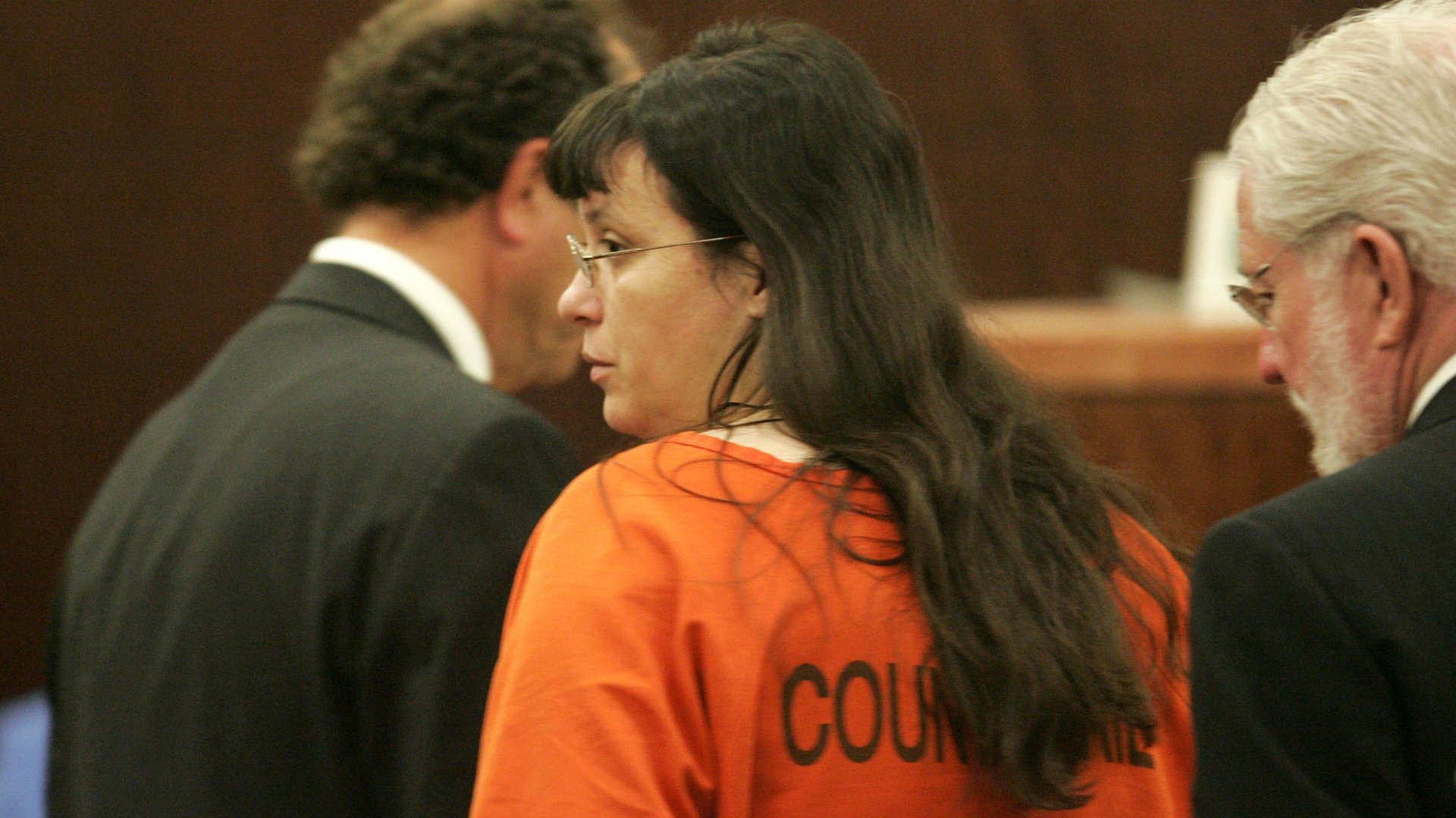Women are more likely to successfully use the insanity defense
When Philip Chism was found guilty of raping and murdering his math teacher as a 14 year-old, the court’s verdict came despite his attorney’s argument that Chism suffered from a psychotic disorder.


When Philip Chism was found guilty of raping and murdering his math teacher as a 14 year-old, the court’s verdict came despite his attorney’s argument that Chism suffered from a psychotic disorder.
Even ahead of the decision, the Boston Herald noted that the insanity defense was unlikely to work, reporting that the argument mostly succeeded in Massachusetts courts when employed by women accused of killing their children.
But Massachusetts is not the only place where the insanity defense favors women. Several studies across the world have found a similar gender discrepancy, which is arguably due to stereotypes of how men and women are expected to behave.
Siobhan Weare, a criminal law lecturer at Lancaster University, examined the law in England and Wales and found that there are more allowances for women to be considered insane than for men. For example, the charge of “infanticide” provides more lenient treatment of women who kill their children less than a year after birth while suffering severe post partum depression. Though men can also become severely depressed after the birth of their child, there’s no equivalent lesser charge for men.
“A lot of it is based on gender stereotyping: The idea that women are inherently emotional and irrational,” Weare tells Quartz. “Men are not meant to be emotional, they’re meant to keep everything hidden and be powerful and impenetrable.”
Mental illness is often incorrectly associated with weakness, says Weare, and as men are not expected to be weak, they’re less likely to be considered severely mentally ill. Meanwhile, creating more opportunities for women to use the insanity defense makes it easier to explain female acts of violence.
“Within the criminal justice system, we don’t like to acknowledge that women are capable of committing particularly heinous crimes,” Weare says.
In the United States, where states use different definitions of insanity and some have disallowed the defense altogether, large-scale data has not been collated for several years. But a 1995 study (pdf) on the factors associated with the rates of insanity acquittals in seven states found that, “in every state, the success rate for females was greater than that for males, and the difference was statistically significant in six states.”
In Sweden, Jenny Yourstone, psychology professor from the University of Uppsala, studied this gender gap in 2008. Earlier research found that female defendants in Sweden were one and a half times more likely to be deemed legally insane than their male counterparts. Yourstone asked psychiatric clinicians, judges and psychology students to read the description of a homicide case for signs of legal insanity, giving examples that had identical details but differed by the gender of the perpetrator.
Overall, those with female defendants were rated as more indicative of legal insanity. Among judges, this seemed to be influenced by in-group bias (as male judges rated male defendants as showing more signs of insanity) but this was true for other participants, whose assessments “seemed to be mainly influenced by cultural stereotypes.”
Yourstone tells Quartz that women who commit violent crimes are “not close to the legal or social norm” and so, instead of trying to accept that women are capable of terrible crimes, “it’s easier to make her psychiatrically sick or a victim of context.”
Though this gender imbalance in the perception of mental illness clearly creates difficulties for men, who find it more difficult to get proper psychiatric care, it also has detrimental effects for women. In Sweden, for instance, Yourstone says there are no programs to help deal with aggression in women’s jails, because it was thought to be unnecessary. “Women are not allowed to have their own aggressiveness,” she adds.
The insanity defense is relatively rare. It’s successfully used in around 0.26% of criminal cases in the US, though symptoms of mania and psychotic disorders are far higher among the US prison population. But as the gender discrepancy suggests, determining whether someone is legally insane is far from a clear-cut science.